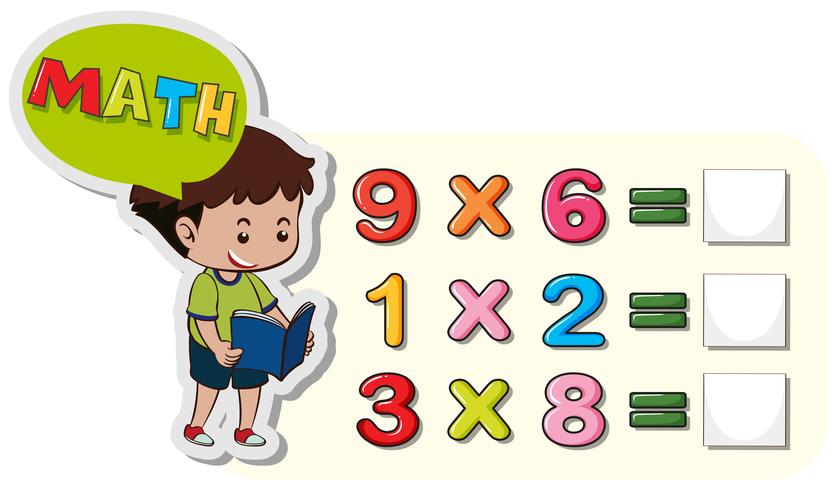
This will give us the probability of a single event occurring. If a marble is drawn from the jar at random, what is the probability that this marble is red? "Choosing a red marble" is our event, and the number of outcomes is the total number of marbles in the jar, 20.ĭivide the number of events by the number of possible outcomes.
 Example 2: A jar contains 4 blue marbles, 5 red marbles and 11 white marbles. Example 1: What is the likelihood of choosing a day that falls on the weekend when randomly picking a day of the week? "Choosing a day that falls on the weekend" is our event, and the number of outcomes is the total number of days in a week: 7. Here are 2 more examples to help you get oriented: X Expert Source Mario Banuelos, PhDĪssistant Professor of Mathematics Expert Interview. So, we know that in this case, there are 6 possible events and 1 outcome whose probability we’re interested in calculating. “Rolling a 3” is the event, and since we know that a 6-sided die can land any one of 6 numbers, the number of outcomes is 6.
Example 2: A jar contains 4 blue marbles, 5 red marbles and 11 white marbles. Example 1: What is the likelihood of choosing a day that falls on the weekend when randomly picking a day of the week? "Choosing a day that falls on the weekend" is our event, and the number of outcomes is the total number of days in a week: 7. Here are 2 more examples to help you get oriented: X Expert Source Mario Banuelos, PhDĪssistant Professor of Mathematics Expert Interview. So, we know that in this case, there are 6 possible events and 1 outcome whose probability we’re interested in calculating. “Rolling a 3” is the event, and since we know that a 6-sided die can land any one of 6 numbers, the number of outcomes is 6. 
Let’s say you're trying to find the likelihood of rolling a 3 on a 6-sided die. Define all possible events and outcomes that can occur.






 0 kommentar(er)
0 kommentar(er)
